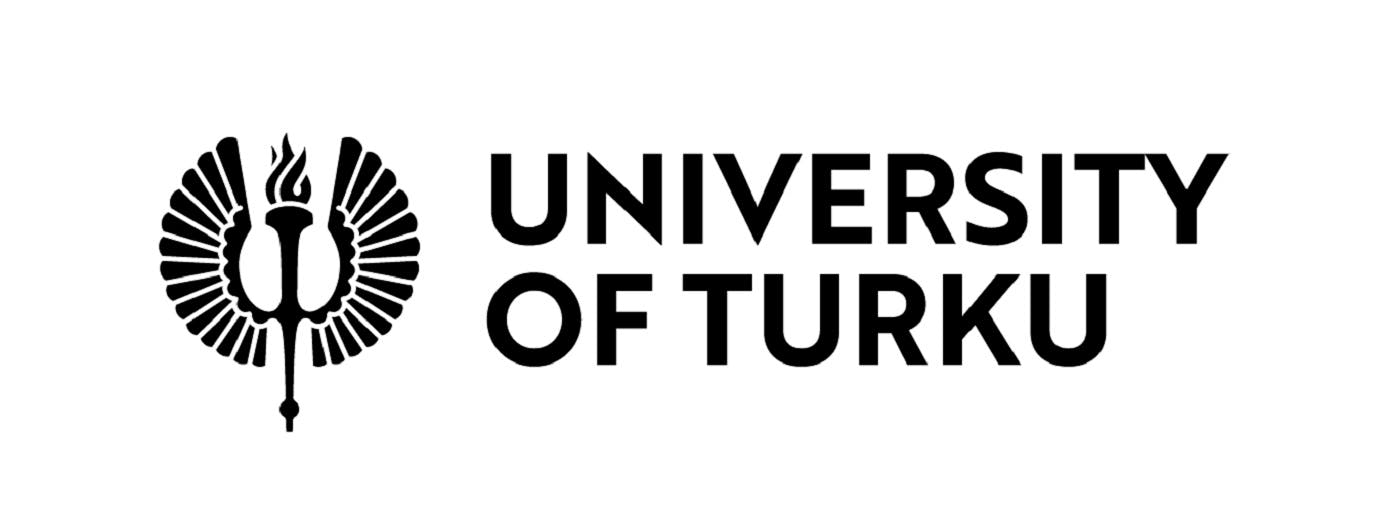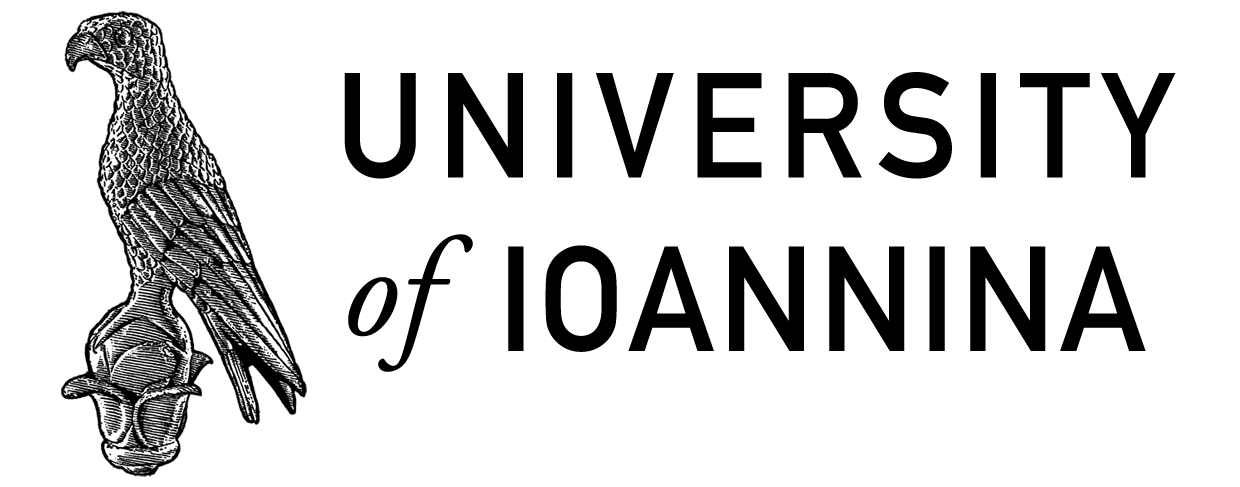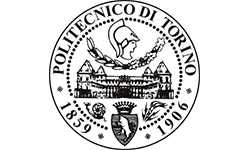About the project
Current COVID-19 pandemic outbreak and the respective lockdowns that governments enforced in response to this situation have affected many of our everyday life routine activities and brought diverse changes to our behaviour. Businesses and universities have migrated their conventional practices partially or even completely to the digital space. Activities like, conducting business, attending events and meetings, communicating, socialising, and entertainment are now taking place primarily in cyberspace. Universities responded rapidly to this unexpected situation and adopted existing and newly developed tools in an effort to facilitate the educational practices remotely while also maintaining the quality standards to the best possible extent. However, the early findings of relevant studies are mixed and vary in accordance to the discipline. According to the latest guidelines we are now in the transitional phase wherein limited access to the workspaces is permitted in an effort to have a second (controlled) pandemic wave. Based on this, universities have started to explore
the potential of Blended Learning practices wherein lectures are conducted online and laboratories on site (with limited number of students) as well as online for those who are not able to participate. Such decisions play a crucial role in the STEM disciplines as they are bound to ‘hands-on’ activities for knowledge comprehension and advancement. To this end, innovative technologies, such as Virtual Reality (VR), can play a crucial role toward this shift as their potential in STEM education has been well investigated and explored. Therein, the primary objective of the JANUS project is to define how Blended Learning activities for Robotics education can be performed under the aid of Virtual Reality.
The project-related activities can be broadly classified into the following categories:
-e-Pedagogy: Development of a novel pedagogical, conceptual and practical framework, for Blended Learning activities, focused on Robotics education.
-Virtual Reality Learning Tool (VRLT): A VRLT for teachers and students to undertake activities and assessments related to Robotics education with particular focus on the replication
of the procedures and techniques followed in the physical classroom.
-Learning Analytics: A thorough evaluation of the VRLT and the educational activities that support teachers and students to interpret and translate the collected data into tangible
conclusions related to their performance and experience.
The objective of the project is:
1. To create a novel framework for Blended Learning activities aligned to the emerging situation that the recent pandemic has caused.
2. To provide teachers and students with a VRLT that will mitigate the need of physical presence in the conventional Robotics laboratory.
3. To successfully integrate the innovative VRLT in different universities (PRZ-POLITO).
4. To produce a ‘ready-to-use’ Robotics education course, for Blended Learning scenarios, that can be used from other European institutions.
5. To comparative analyse the potential of this approach and the educational value of the tool on a cross-country level.
The main target groups of the project are the following:
-University teachers and students in the Robotics field.
-Instructional designers in universities.
-Faculty administrators.
-Educational policy makers.
-Organizations, associations, and institutes that involved in the Robotics field.
Transnational cooperation is mandatory for the success of the project because:
-It allows to reach a larger number of students thus justifying the resources needed in setting up the course and the VRLT.
-Clusters together the knowledge, information, and best international practices about Robotics courses and Blended Education.
-Five Countries – Five languages – Five Educational systems will allow a richer learning experience.
-Provides more unified and reliable data from the Learning Analytics perspective.
-The dissemination and communication strategy of the results will benefit more individuals.






